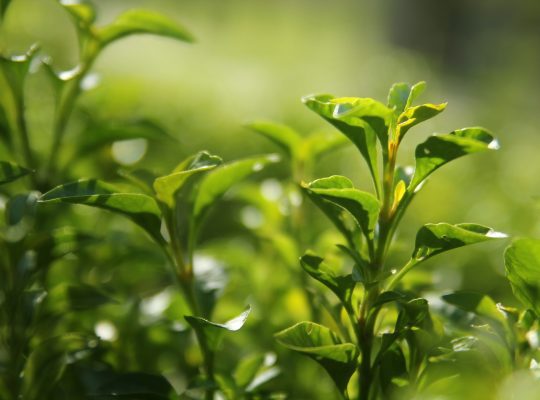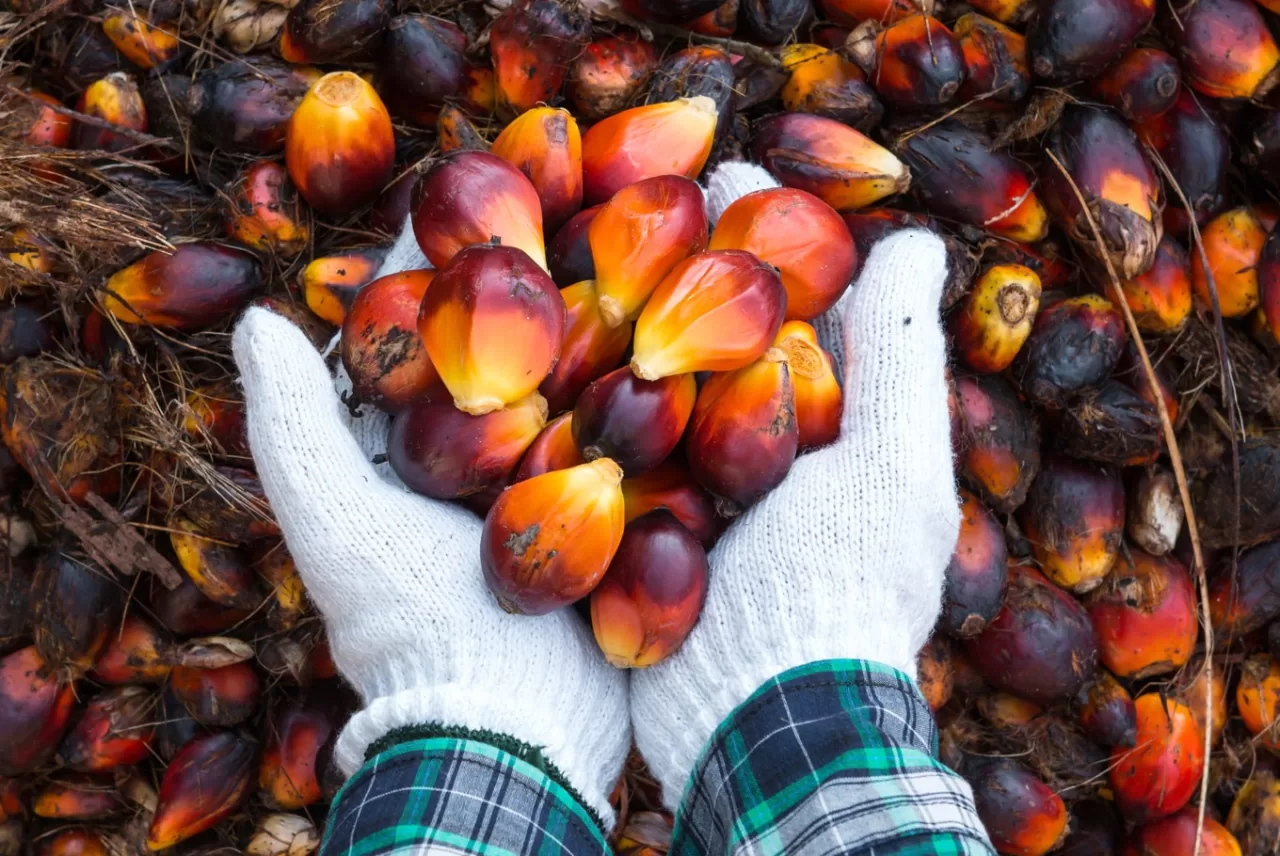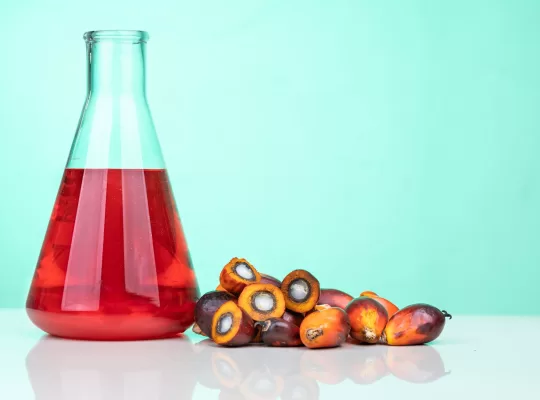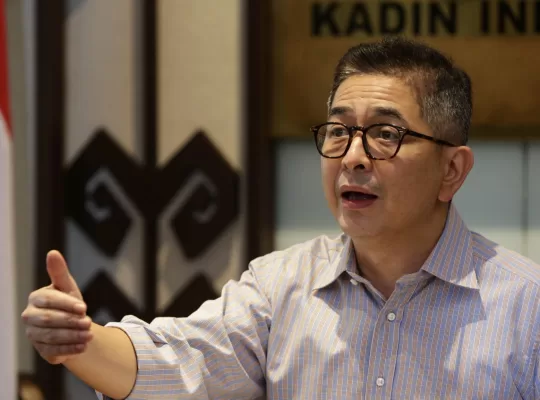Indonesia is on the verge of becoming a powerhouse in the palm oil downstream sector, showcasing its strength with significant biodiesel production capabilities within the country.
The government, through the Ministry of Energy and Mineral Resources, has been pushing forward a biodiesel usage mandate that has reached 35% over the past decade. This effort is backed by an abundant biodiesel supply with an installed production capacity of 20.26 million kiloliters per year.
“Currently, the biodiesel usage mandate has hit 35%, supported by our palm oil production and an installed capacity of 20.26 million kiloliters, along with government funding incentives through BPDPKS and policies setting the biodiesel blend,” stated the Director General of New, Renewable Energy, and Energy Conservation, Eniya Listiani Dewi, during the Special Dialogue on Enhancing the Competitiveness of Indonesian Palm Oil Through Downstreaming event.
The government also collaborates with various stakeholders to monitor and evaluate the implementation, supported by national standards for biodiesel mandates. Infrastructure plays a crucial role in the biodiesel utilization in the transport sector, she emphasized.
“The reason behind this implementation is to reduce our dependence on diesel imports, which has been decreasing since 2019 with the conversion to biodiesel usage. Indonesia has a vast potential in Crude Palm Oil (CPO), which, if utilized, will improve farmers’ welfare,” she added.
Eniya Listiani believes that this commitment should lead to a reduction in CO2 emissions, helping lower greenhouse gas emissions and amending the trade balance deficit while stabilizing CPO prices.
She further explained that using CPO would enhance the value of downstream agro-industry as a part of the biodiesel supply chain without causing negative environmental impacts. Thus, biodiesel’s utilization is highly comprehensive.
Looking at the biodiesel program’s roadmap since 2019, financing from the state budget to incentivize biodiesel usage began, ranging from 2% in 2002 to 15% mandatory blends by 2015. After this, funding shifted to BPDPKS incentives, increasing the blend to B20, then B30 by 2022, and most recently B35 in 2023. Indonesia is also ready for automotive sector testing this year.
“Users of B40 for the automotive sector have completed testing, and we are currently testing for use in heavy-duty mining equipment, railway, maritime, and agricultural machinery. The goal is to implement B40 use as soon as possible,” she mentioned.
Furthermore, as CPO production balances, its usage in energy, being the highest foreign exchange earner for the country, signifies the importance of spreading from plantations into the energy realm.
By utilizing CPO for biodiesel, the focus remains on maintaining price stability since a substantial market for biodiesel is essential to prevent price drops. “The proportion of biodiesel usage is kept in check, ensuring it does not conflict with the oil for food, oil chemical sectors, and reduces the export portion,” Eniya Listiani concluded emphasizing the integrated approach towards leveraging Indonesia’s commodities, specifically palm oil, for sustainable and strategic biodiesel production.











